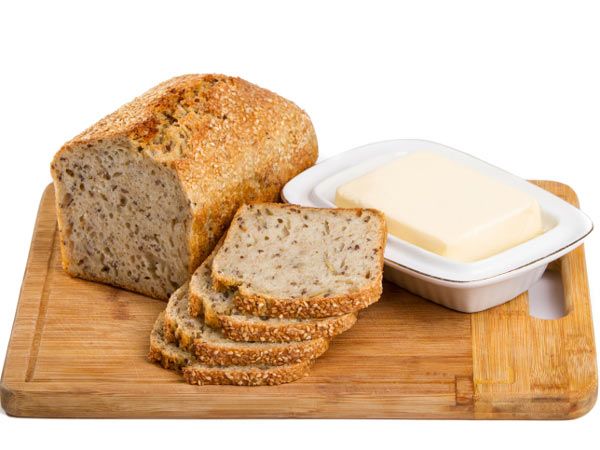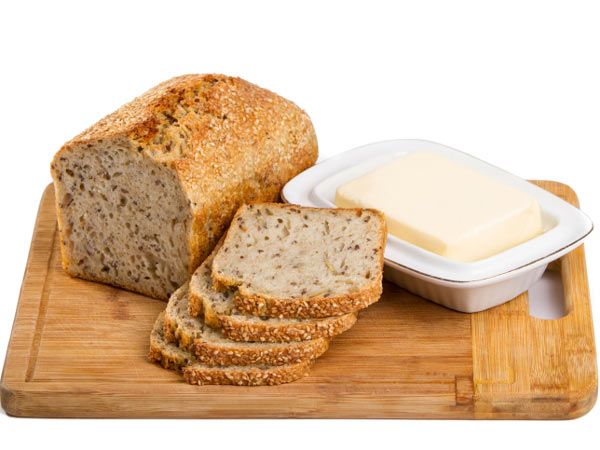
In many of my consultations, when I suggest breakfast options such as egg whites and toast, the first question I am asked is, “Brown bread, right?” The question itself is the answer. “Brown” is the colour of the Bread that people buy. These days, media, nutritionists and almost every self-proclaimed “health guru” is talking about whole wheat stuff and still the sales of white bread have not dropped in the stores! So what’s really good for us; every time we put a morsel of white bread in our mouths, do we really have to die of guilt?
The Truth about whole-wheat, brown, multigrain, wholegrain bread is that bakeries and manufacturers can slap any label on bread, but it doesn’t guarantee that the bread in the package is much healthier than white bread. Commercial brown bread is called that, because its colour is brown.
A slice of brown or whole wheat bread is thicker and denser, compared to white bread. The obvious outcome is, a 9cm/9cm slice of whole wheat bread has 87 kcal as compared to a slice of white bread, which is just 50 kcal.
The food expert uses a GI scale called the Glycemic index (GI value) to measure the “quickness” in which a particular food, once eaten, turns into glucose in the blood. The higher the GI value, the more harm to your body’s metabolism; leading to obesity and all manner of ageing-related diseases. In a UK study, GI value of white Bread is 59 Vs GI value of wheat Bread is 68.
In whole-wheat you don’t get a lot of leavening, it has a grainy texture, and it doesn’t expand as much as Maida, and doesn’t bounce back as easily when squeezed. It spoils easily, because the oils in wheat-germ go rancid pretty fast. More preservatives are added to improve the shelf life. Emulsifiers are added to improve its texture. One can imagine the mount of extra chemicals that go into you bodies not forgetting almost the double calories.
The fiber that you are supposedly getting from whole wheat bread is negligible as compared to the chemicals and emulsifiers that you are ingesting. You would rather get that fiber from your vegetables, fruits or salad. A slice of brown bread (87 Calories) gives you about 1.1 gms of fiber. Instead having a slice of white bread (50 calories) which has 0.6 gms of fiber along with a small apple (55 calories) which has 3 grams of fiber, would amount to the almost the same amount of calories with triple of amount of fiber. Thus increasing dietary fiber can be achieved through fruit and vegetable intake in general, which is already present in sufficient amounts in a typical Indian meal.
John Paul Carmona, former chef de cuisine of Manresa in California, who is visiting India, says that breads made from wholegrain rarely last more than a couple of days. “The more unrefined flour you use, the less moisture it holds,” he says. “The only way to keep wholegrain bread longer is by slicing it, freezing it in portions, and then toasting it when you want to eat some.”
So my conclusion is that let us all be happy, guilt-free and enjoy the white bread… Save calories, save money.
Image courtesy: © Thinkstock photos/ Getty images
More On >> Diet




